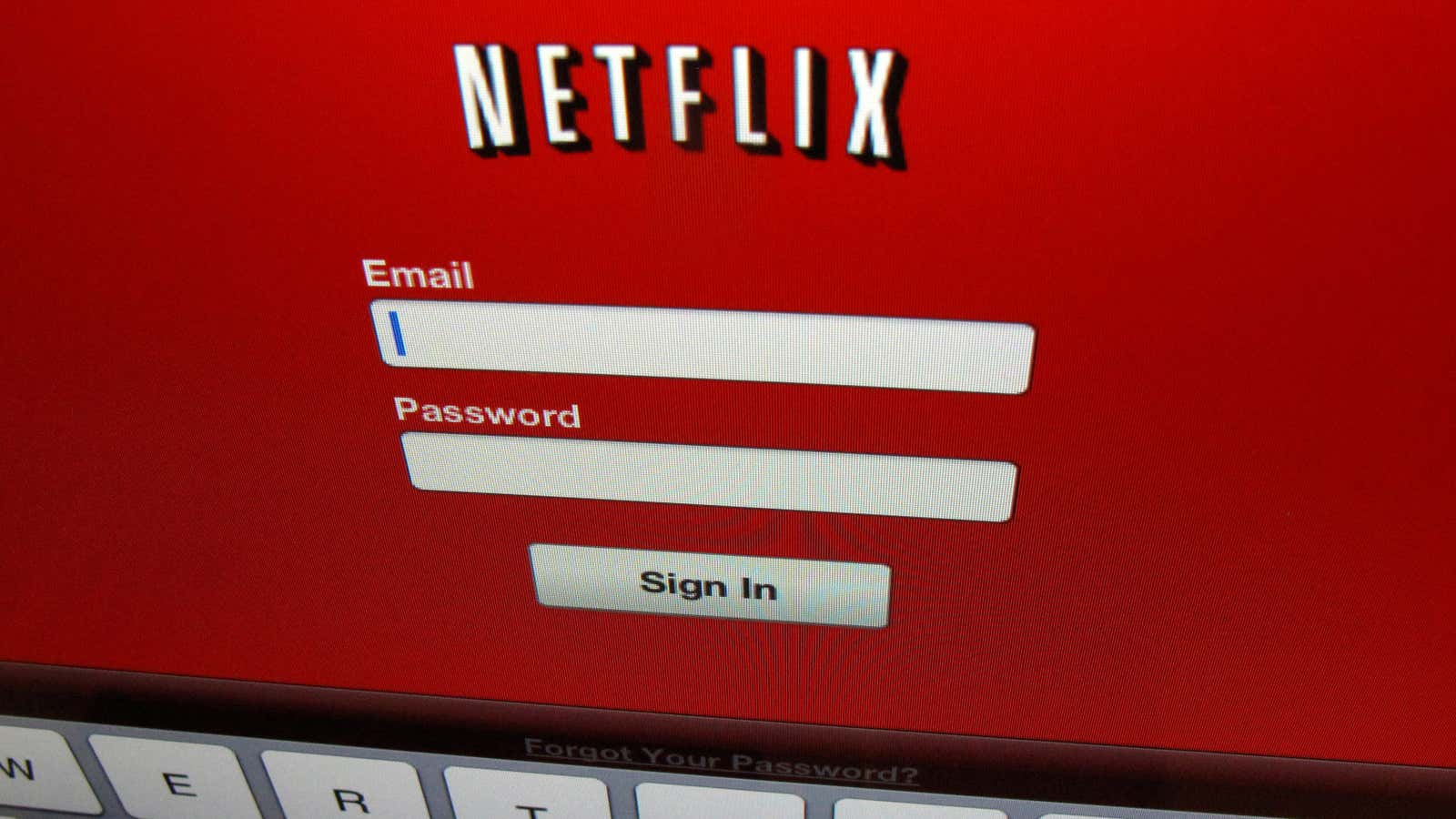I grew up under a barrage of brainwashing, overstimulating commercials. Streaming services offer the next generation a neurological reprieve.
You don’t have to say it — kids these days watch way too much TV. According to a 2016 Nielsen report, children between the ages of 2 and 11 watch even more than teens, clocking 23 hours of television every week.
There is no doubt that I would prefer my son to get outside. But if you’re going to have some TV time in your home, the Internet has brought us a silver lining: streaming services with almost zero ads.
It’s trendy to say that all media and entertainment are bad for everybody — and there’s certainly a lot of low-brow programming out there to support that theory. But as someone who’s built his career in technology and communication, I won’t accept going off the grid as a solution. I want to help my son see both the incredible value and significant dangers of television and media so that he has the tools and experience to navigate an increasingly connected world.
Enter Netflix, an accidental solution to television’s relentless barrage of commercial interruptions.
When I was growing up in the ’80s and ’90s, we flipped through the channels and watched whatever was on. Without fail, that included about 12 minutes of extremely loud, extremely catchy 30-second commercial spots every hour. These ads were so ubiquitous that they often overshadowed the shows themselves in our collective consciousness, the jingles and jokes becoming joyful childhood memories right alongside “Twinkle, Twinkle, Little Star.”
If you’re doubting your exposure, feast your eyes on this hour-long compilation of ’90s commercials for kids. I specifically remember many of these and can sing along with almost every one.
When you’re done reminiscing, consider the brain cells wasted on all those rhymes, slogans and songs. And remind yourself that every one of these ads is specifically, neurologically designed to stick to a child’s brain. We use music and rhyme to teach them good stuff, and advertisers use the same techniques to get them begging for Cookie Crisp.
We can debate the value of any particular show, but I think we can all agree there are at least a handful of wholesome, educational, modern options for kids who watch TV. There will always be some merchandising — Daniel Tiger is a great teacher, and you can also buy his doll at Target — but Netflix and its competitors have done us an incredible, largely accidental service by allowing us to deliver television to our kids with minimal distraction and brainwashing from ads.
Today, when my son sees an ad, it’s a bizarre experience. A friend of mine has a fun routine with his daughter, where they jump up, mute the TV, and run around the room screaming “Ad!” every time a commercial plays. The fact that we can view television advertising as an aberration rather than the norm is one of the greatest benefits of the on-demand Internet age.
A great television show can teach us something, can help us bond, and if nothing else, can simply be a time to relax and enjoy one of the many amenities of the modern world. Say what you will about the value of a Netflix binge, but the fact that it has untethered us from broadcast schedules and the overwhelm of ads has made my world a better place.
And someday decades from now, if somebody creates a compilation of 2017’s best commercials for kids, my son will be seeing them all for the first time.
